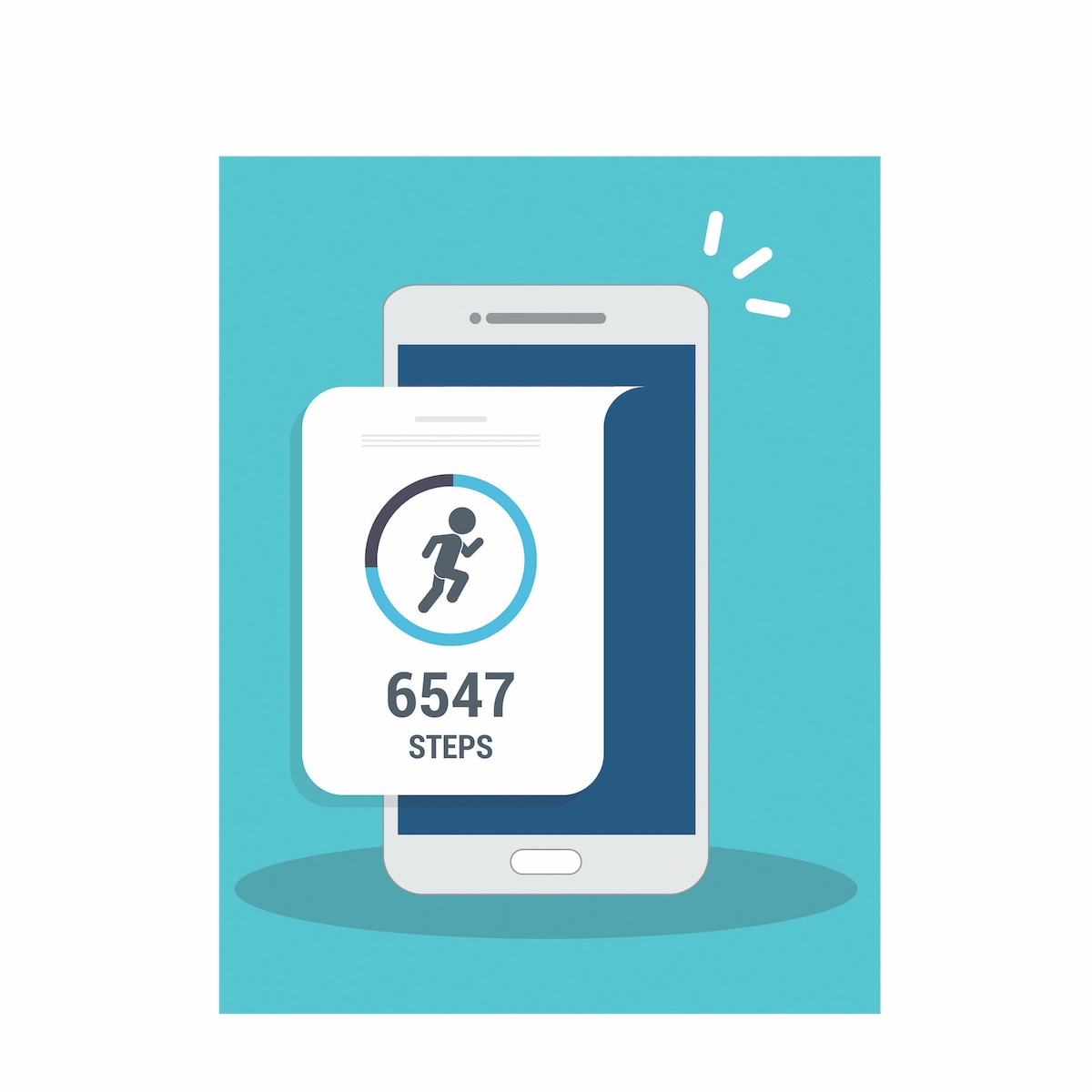Cleveland Clinic exercise physiologist, Christopher Travers, MS, talks about the idea of getting 10,000 steps a day and shares some advice on how to up your step count.
There’s no universal standard for this. You should find a number that works for you—you should factor in how much time you have for exercise per day, your fitness level and your age.
For some reference, most American adults walk around 6,000 steps per day.
But if you’re just starting out on your fitness journey, you may need to work toward a smaller amount of steps per day and gradually increase that amount as your fitness level improves. And know that you can always reduce the amount of steps you’re aiming for if it’s too challenging.
And if you typically hit 10,000 steps or more per day, you may want to consider upping your goal.
Another way to think about how much exercise to get each day is to consider the general guidelines for physical activity for adults. The U.S. Centers for Disease Control and Prevention (CDC) and American College of Sports Medicine recommend that you get a minimum of 30 minutes of moderate-intensity exercise five days a week, which adds up to 150 minutes of exercise a week. Some may argue that it’s a better, more attainable goal to hit.
“The biggest thing is we need is to move more—we’re such a sedentary society,” notes Travers. “Start small and make it a part of your day. Aim for 20 minutes a day of movement.”
How many steps a day is considered active?
While it all depends on your unique factors, it’s generally accepted that people who walk fewer than 5,000 steps a day are considered to have a sedentary lifestyle, while walking more than 10,000 steps per day is considered active.
Researchers have come up with these basic guidelines:
Sedentary: Walking fewer than 5,000 steps per day.
Low active: Walking about 5,000 to 7,499 steps per day.
Somewhat active: Walking around 7,500 to 9,999 steps per day.
Active: Walking more than 10,000 steps per day.
Highly active: Walking more than 12,500 steps per day.
How far is 10,000 steps? How long is 10,000 steps?
“This magic number of steps is the equivalent of moving almost five miles,” Travers clarifies.
While this distance might, at first, be daunting, he notes that when you walk this distance, you’ll burn somewhere between 35 and 120 calories per mile.
“It all depends on your pace, and how well your body adapts to taking on oxygen and using fuel for energy,” he continues.
It turns out, it’s not too difficult to reach the 10,000-step milestone on a daily basis. Adding in a quick jaunt around the block or at your local park can significantly add steps to your day. You don’t have to run a marathon.
But it’s important to aim for at least 10 minutes of nonstop walking to reap the health benefits.
“By walking for at least 10 minutes consecutively, it gives your body the ability to adapt and increase your capacity,” shares Travers.
Start small
If you’re not used to walking regularly, start off with five minutes of consecutive walking. Or if that’s still too difficult or intimidating, aim for three minutes of walking at a time. As long as you become more active, you’re doing more for your body than sitting down on your couch and just watching TV. (And you can even walk in place or walk on a treadmill while catching up on your favorite shows.)
At first, don’t worry about how fast you’re moving or how far you’ve gone. Start small. Consistency is key.
“You don’t have to make it intense—just be sure to make it consistent movement,” encourages Travers.
Bottom line?
Walking is a great form of exercise—not to mention that it’s free, doesn’t require any extra equipment and you can do it almost anywhere, at any time.
So, whether you’re striving for those 10,000 daily steps or 150 minutes of consecutive steps per week, trying to improve your overall health is your ultimate goal.
“As long as you begin moving daily, you’ll find taking those steps will start becoming easier,” says Travers.
Source: https://health.clevelandclinic.org/10000-steps-a-day?












